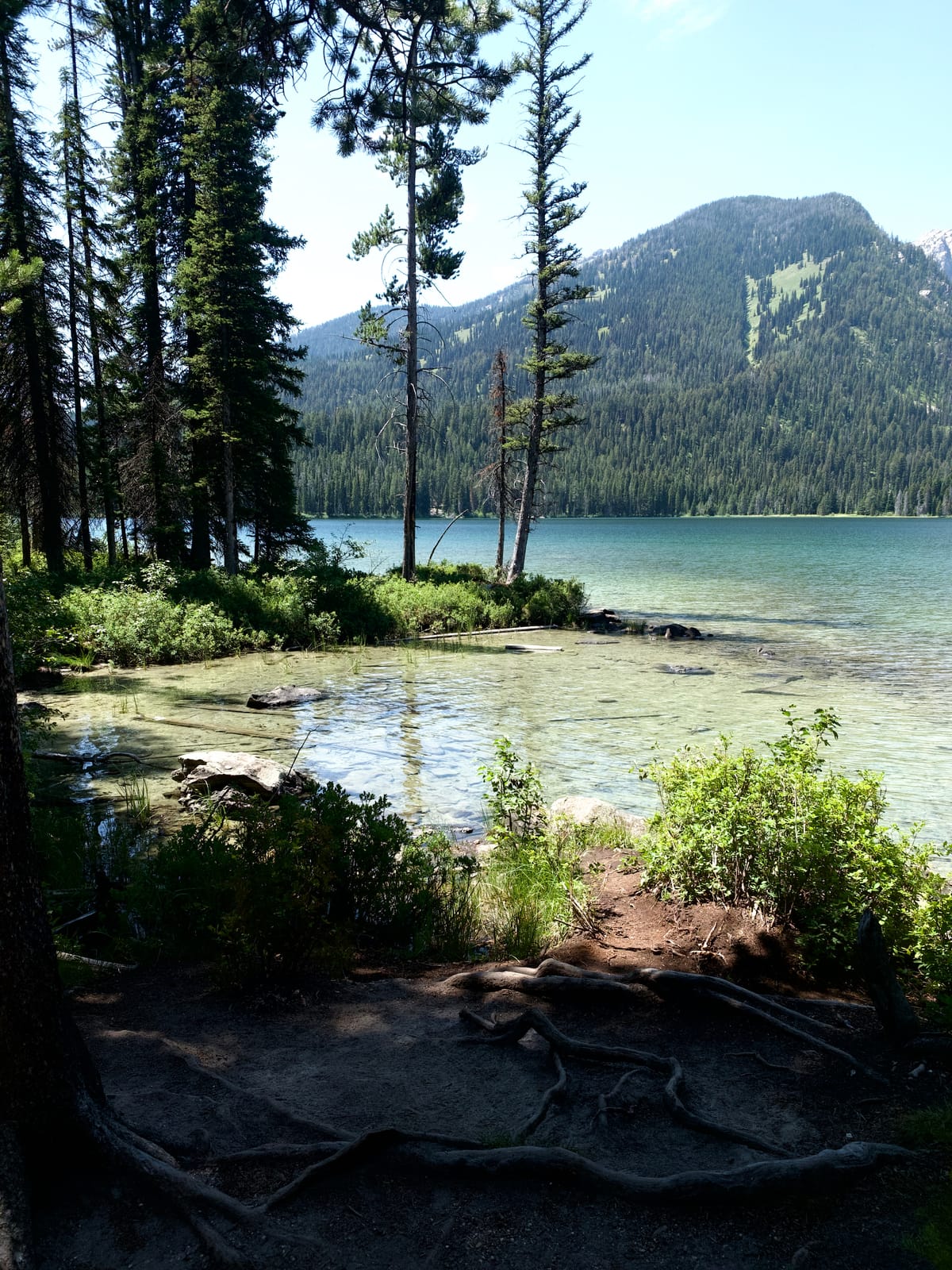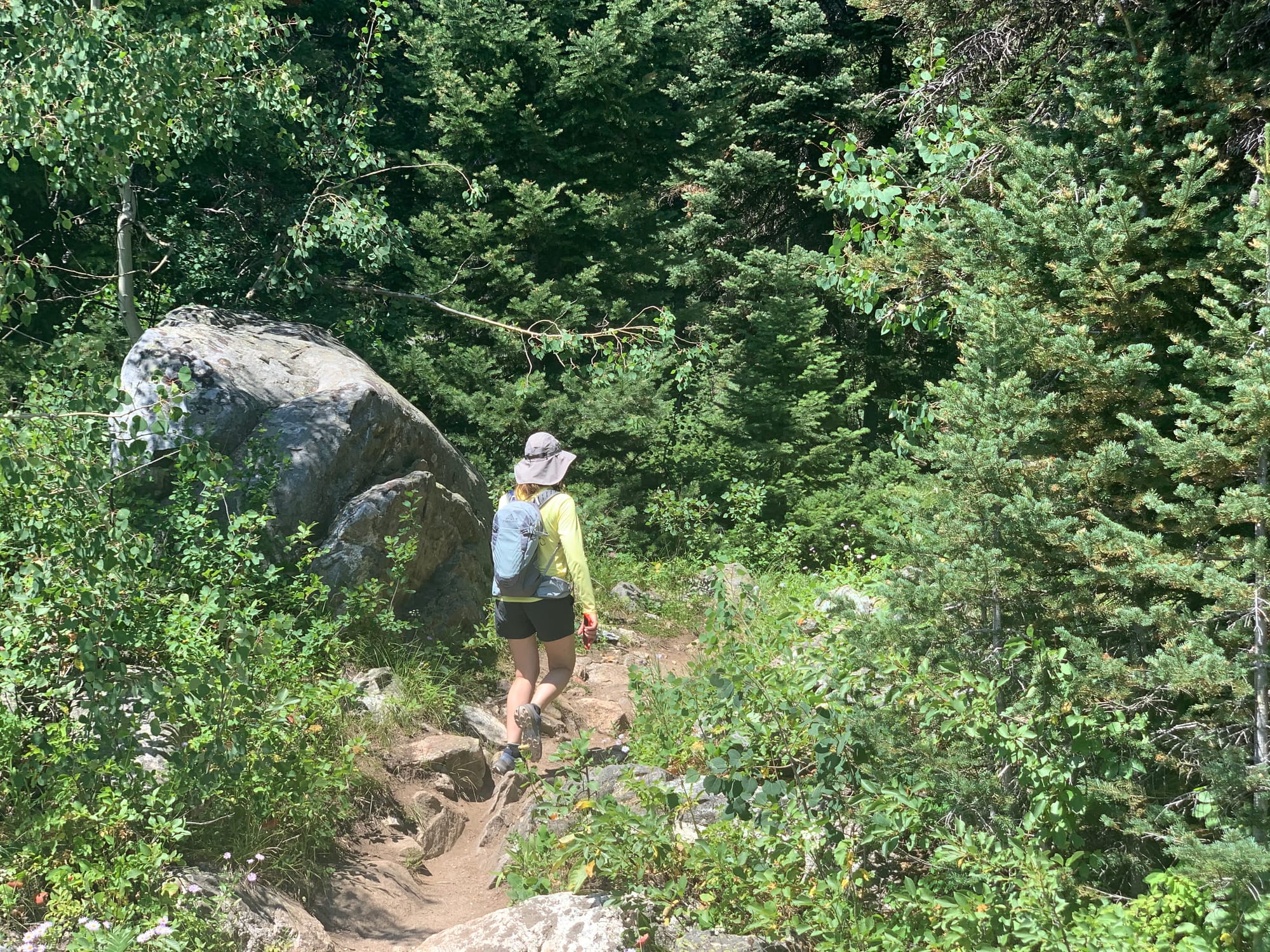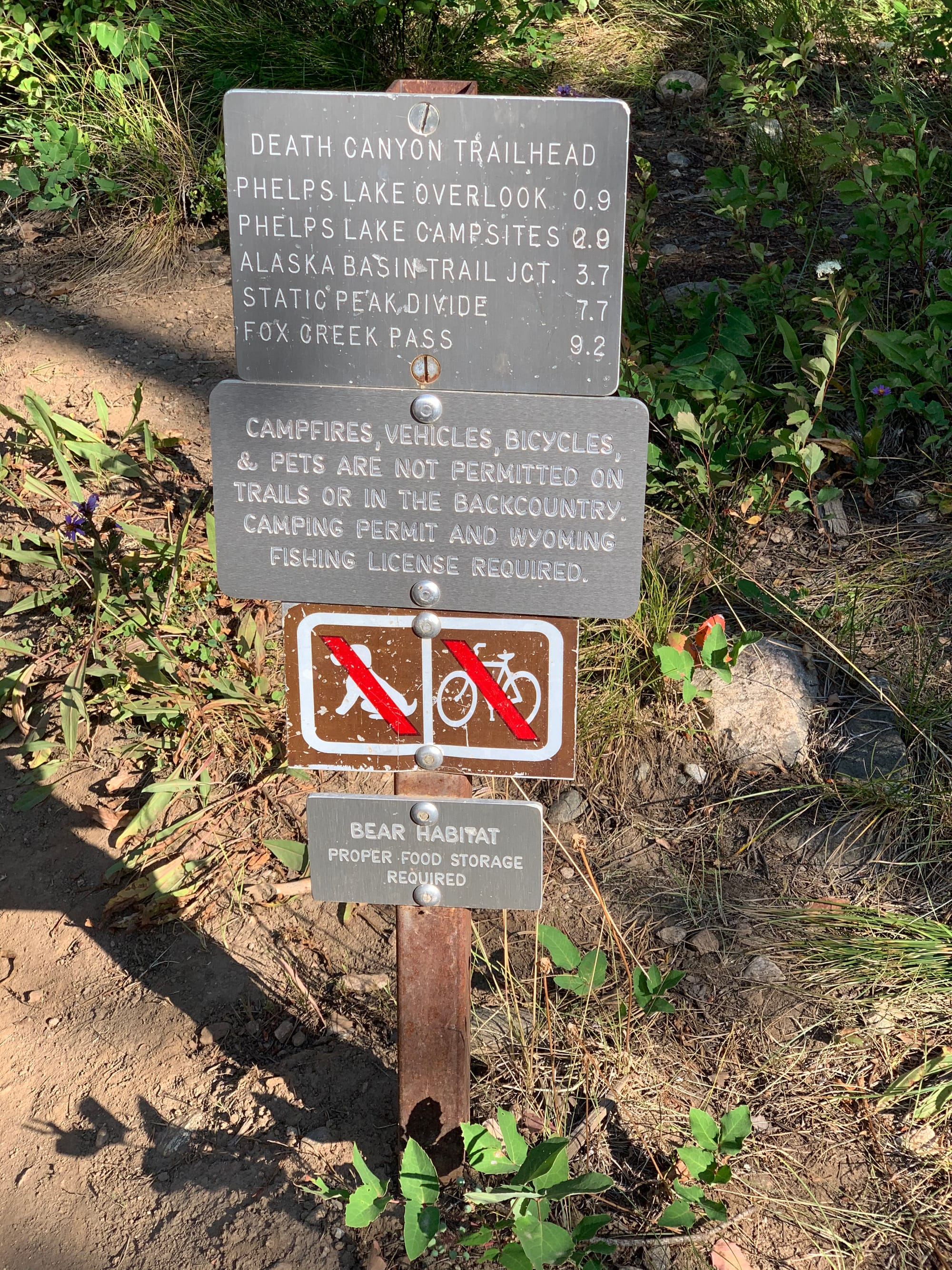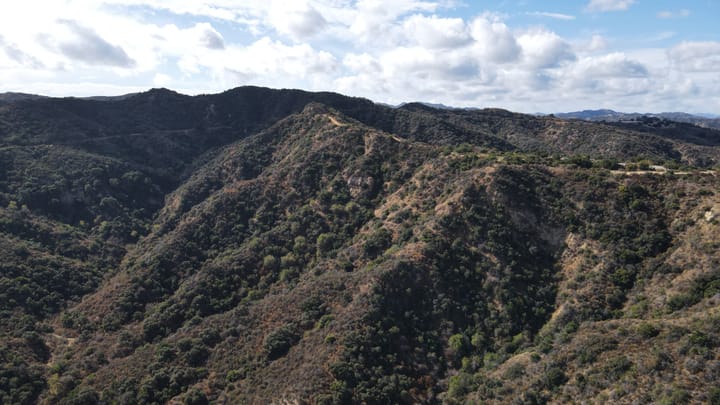Travel Tips for Visiting Grand Teton National Park
Prepare for your visit to Grand Teton National Park with essential travel tips, including packing advice, safety tips, and visitor etiquette to ensure a safe and enjoyable experience in this stunning destination.

Introduction
Grand Teton National Park, located in northwest Wyoming, is a breathtaking destination filled with stunning mountain ranges, pristine lakes, and abundant wildlife. Whether you're planning a summer hike, a winter skiing adventure, or a peaceful getaway into nature, proper preparation is essential for a safe and enjoyable visit. In this blog post, we'll provide valuable travel tips to help you make the most of your trip to Grand Teton National Park. From packing essentials to safety advice and visitor etiquette, this guide covers everything you need to know.

Bright red wildflowers bloom among the lush greenery and slender trees of Grand Teton National Park, showcasing the vibrant beauty of the park's natural landscape.
Packing Essentials
When visiting Grand Teton National Park, it's crucial to pack appropriately for the varying weather conditions and outdoor activities. Here’s what you should bring:
Weather-Appropriate Clothing
- Layered Clothing: The weather can change rapidly, so wear layers to adjust to temperature shifts easily. Lightweight, moisture-wicking base layers, warm mid-layers, and waterproof outer layers are recommended.
- Hiking Boots: Invest in sturdy, comfortable hiking boots with good ankle support and grip for the park's rugged terrain.
- Rain Gear: Pack a waterproof jacket and pants to stay dry during unexpected rain showers.
- Sun Protection: Bring sunglasses, a wide-brimmed hat, and sunscreen to protect against the intense high-altitude sun.


Experience the lush forest trails of Grand Teton National Park, where hikers can explore the natural beauty of the park's diverse landscapes, from dense woodlands to rocky paths.
Gear and Supplies
- Backpack: A daypack to carry essentials like water, snacks, a map, and first-aid supplies.
- Water Bottles: Hydration is essential, especially at higher elevations. Carry plenty of water or a hydration pack.
- Snacks: Bring energy-rich snacks like trail mix, granola bars, and fruit to keep you fueled on long hikes.
- Binoculars and Camera: Capture stunning landscapes and observe wildlife from a safe distance.
- Camping Gear: If you plan to camp, bring a tent, sleeping bag, and cooking equipment. Check specific campground requirements and permits.
Safety Tips
Safety should be a top priority when visiting Grand Teton National Park. Here are some crucial safety tips:
Wildlife Safety
- Keep Your Distance: Always maintain at least 100 yards from bears and wolves, and 25 yards from other animals like moose, elk, and bison.
- Bear Spray: Carry bear spray and know how to use it. It’s an essential tool for protection in bear country.
- Food Storage: Store food and scented items in bear-proof containers or hang them from a tree to avoid attracting wildlife.

Trailhead sign for Death Canyon in Grand Teton National Park, highlighting trail distances, camping regulations, and reminders for bear safety with proper food storage.
Weather Precautions
- Check Weather Forecasts: Before heading out, check the local weather forecasts to avoid unexpected conditions.
- Avoid High-Altitude Hikes During Storms: Lightning is a significant threat at high elevations, so seek shelter if a storm approaches.
- Cold Weather Preparedness: Even in summer, temperatures can drop significantly at night. Pack warm clothing and a suitable sleeping bag if camping.
Trail Etiquette
- Stay on Designated Trails: Protect the park's natural habitat by staying on marked trails and avoiding shortcuts.
- Yield to Others: Give way to uphill hikers, and share trails with other users like cyclists and horseback riders.
- Pack It In, Pack It Out: Carry out all trash and belongings to leave the park as beautiful as you found it.
Visitor Etiquette
Respect for the park and other visitors is essential. Here’s how you can ensure a positive experience for everyone:
Leave No Trace Principles
- Plan Ahead and Prepare: Know the regulations and special concerns for the area you’ll visit.
- Dispose of Waste Properly: Pack out all trash, leftover food, and litter.
- Minimize Campfire Impact: Use a portable stove for cooking and keep campfires small. Use existing fire rings and ensure fires are completely extinguished.
Respectful Behavior
- Be Mindful of Noise: Keep noise to a minimum to preserve the park's tranquility and avoid disturbing wildlife.
- Respect Wildlife: Observe animals from a distance without attempting to feed or approach them.
- Cultural Sensitivity: Respect Native American heritage and cultural sites within the park.
Conclusion
Grand Teton National Park is a remarkable destination offering incredible natural beauty and a wealth of outdoor activities. By preparing with the right gear, following safety tips, and practicing visitor etiquette, you can ensure a safe and enjoyable trip while preserving this stunning environment for future visitors. Embrace the adventure and immerse yourself in the breathtaking landscapes and wildlife that make Grand Teton National Park a true national treasure.




Comments ()